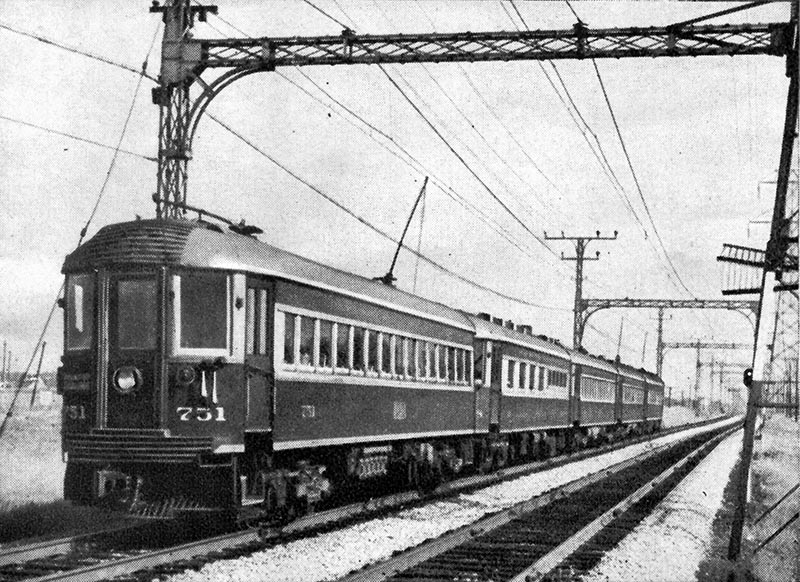| It is currently Sun May 05, 2024 10:40 pm |
|
All times are UTC - 5 hours [ DST ] |
How much power did interurbans have to run operations?
Moderators: Rick Rowlands, tomgears, Randy Hees
 
|
Page 1 of 1 |
[ 10 posts ] |
|
| wesp |
|
||
|
Joined: Sun Aug 22, 2004 7:25 pm Posts: 2334 Location: The Atlantic Coast Line |
|
||
| softwerkslex |
|
||
|
Joined: Thu Apr 14, 2005 9:34 pm Posts: 2764 Location: Copenhagen, Denmark |
|
||
| JimBoylan |
|
||
|
Joined: Mon Aug 23, 2004 3:01 pm Posts: 1731 Location: SouthEast Pennsylvania |
|
||
| EJ Berry |
|
||
|
Joined: Fri Dec 22, 2017 6:47 pm Posts: 1416 Location: Philadelphia, PA |
|
||
| NKP1155 |
|
||
|
Joined: Tue Sep 03, 2013 9:50 am Posts: 88 |
|
||
| Gham55* |
|
||
|
Joined: Wed Aug 31, 2022 8:56 am Posts: 71 |
|
||
| Thomas Cornillie |
|
||
|
Joined: Sun Apr 29, 2007 7:19 pm Posts: 267 |
|
||
| o anderson |
|
||
|
Joined: Mon Nov 26, 2007 2:54 am Posts: 1020 Location: Califoothills / Midwest Prairies / PNW |
|
||
| Overmod |
|
||
|
Joined: Thu May 24, 2012 1:37 pm Posts: 2250 |
|
||
 
|
Page 1 of 1 |
[ 10 posts ] |
|
All times are UTC - 5 hours [ DST ] |
Who is online |
Users browsing this forum: Google [Bot], Les Beckman, NYCRRson and 85 guests |
| You cannot post new topics in this forum You cannot reply to topics in this forum You cannot edit your posts in this forum You cannot delete your posts in this forum You cannot post attachments in this forum |


